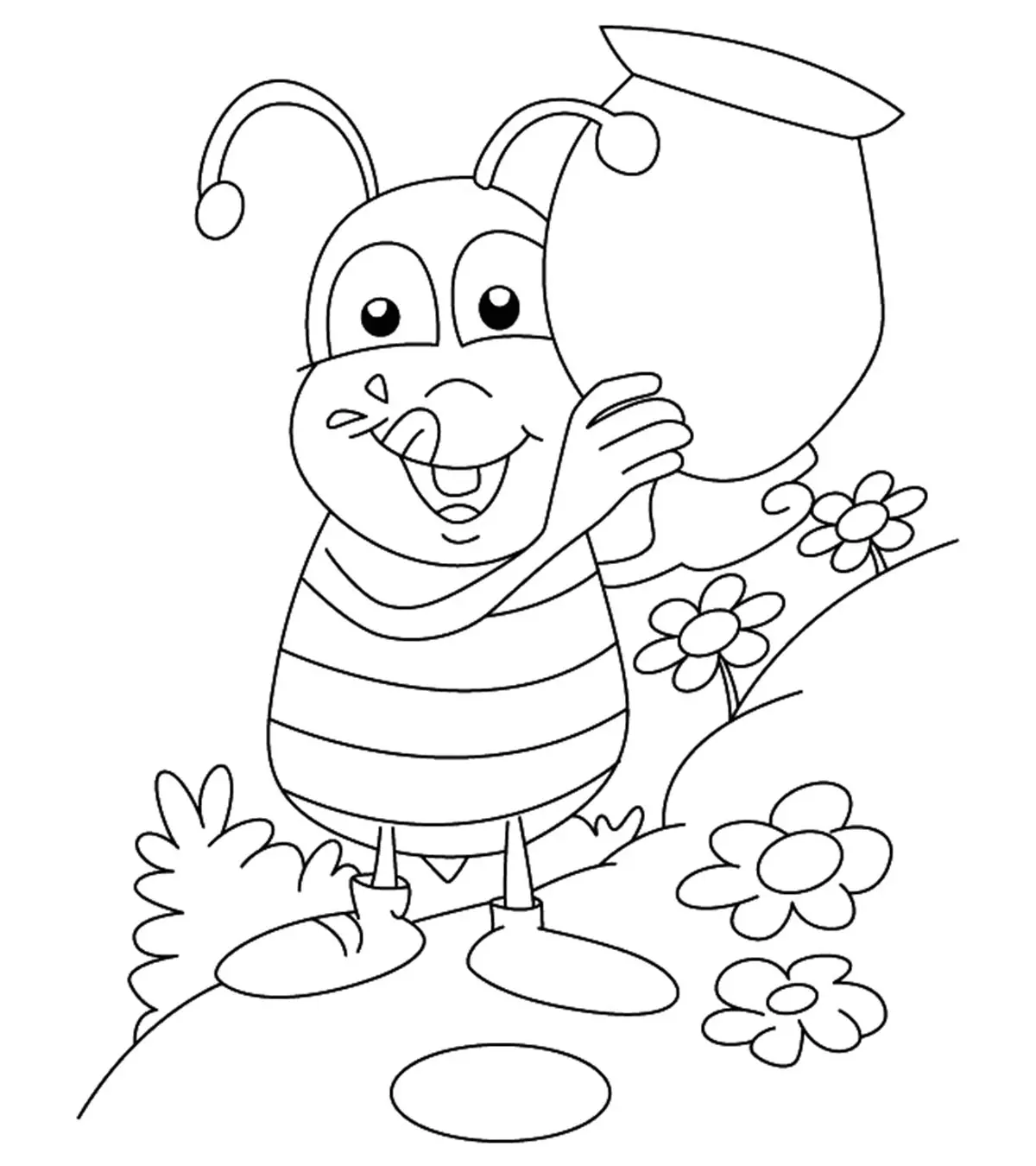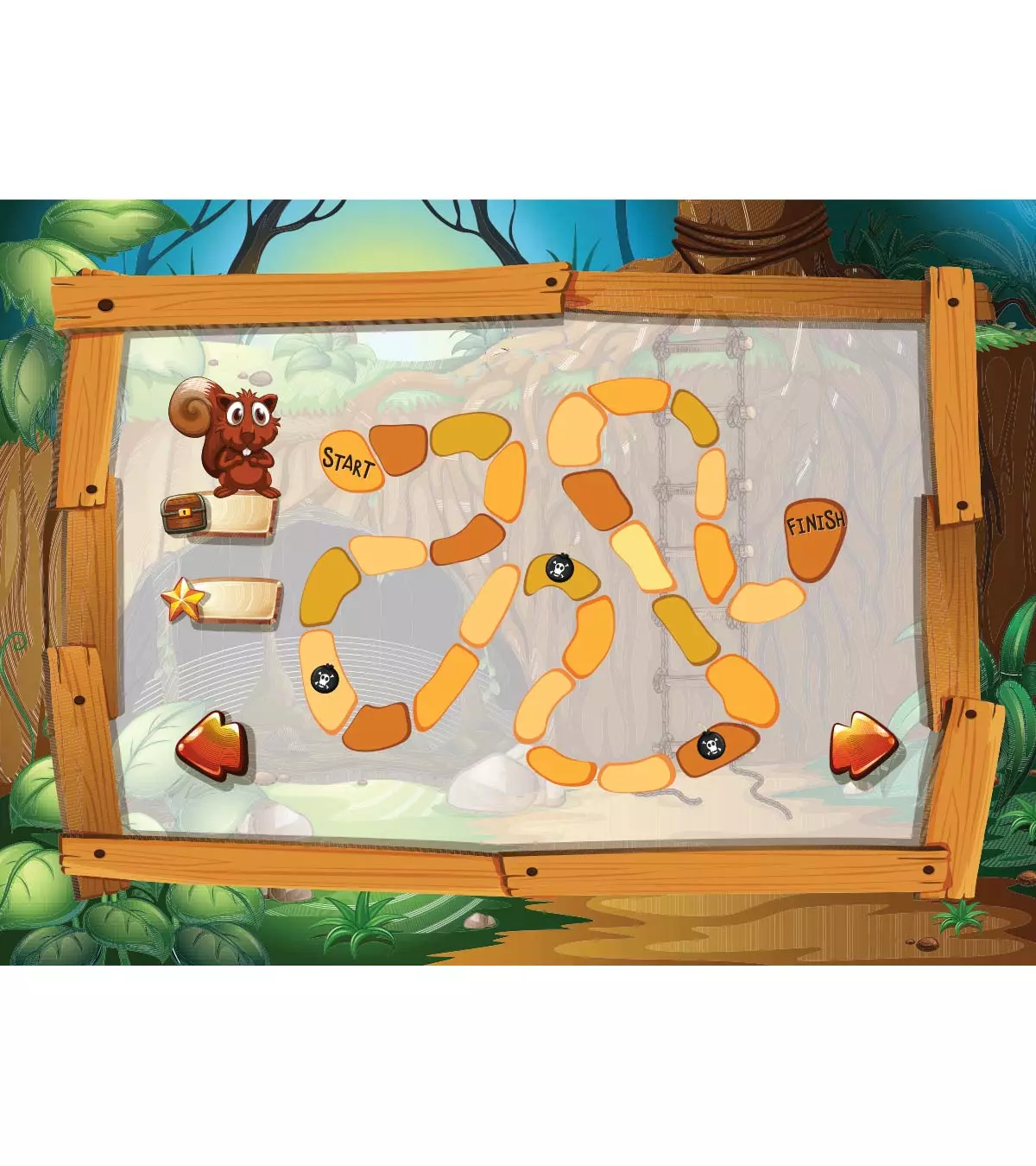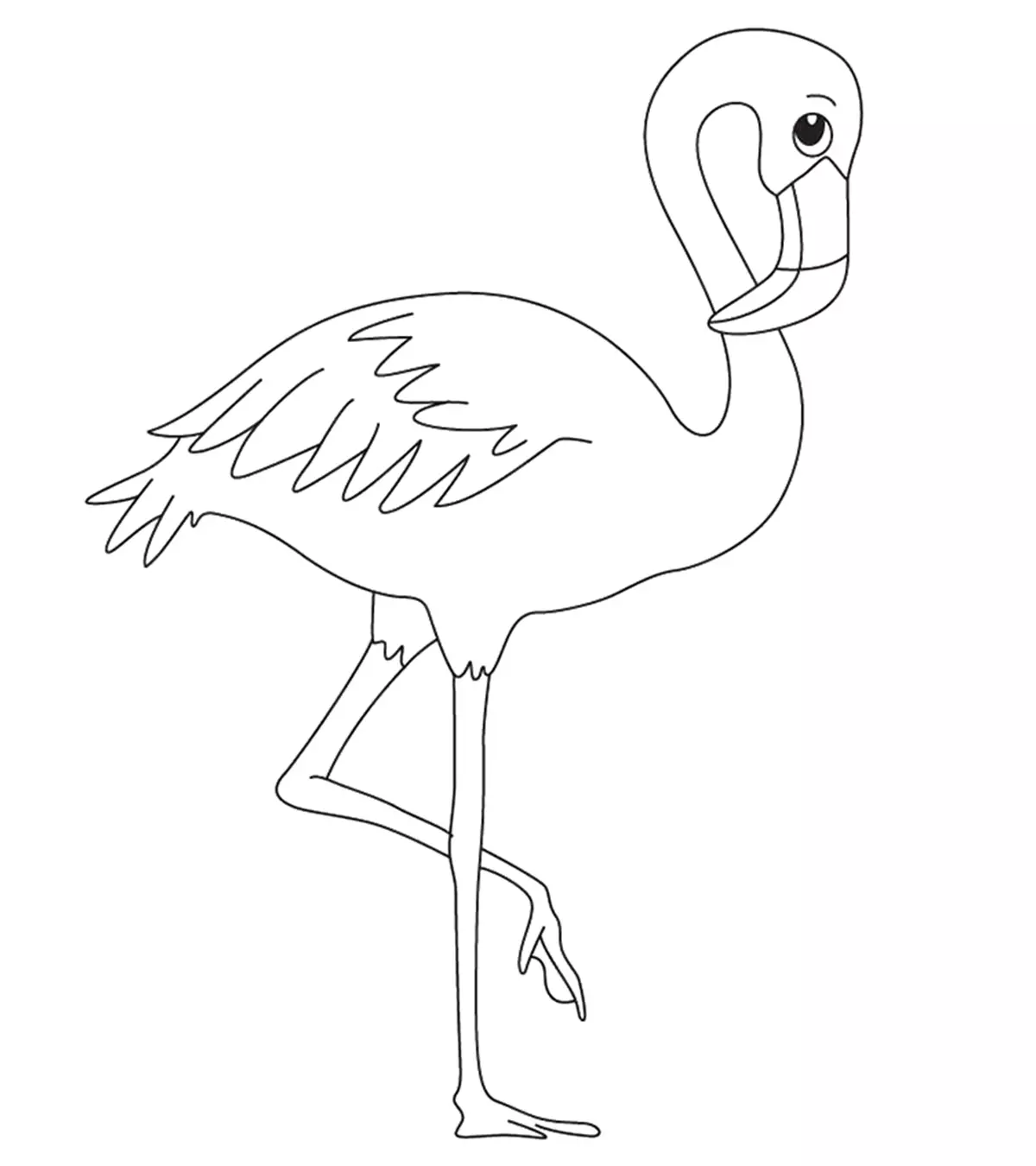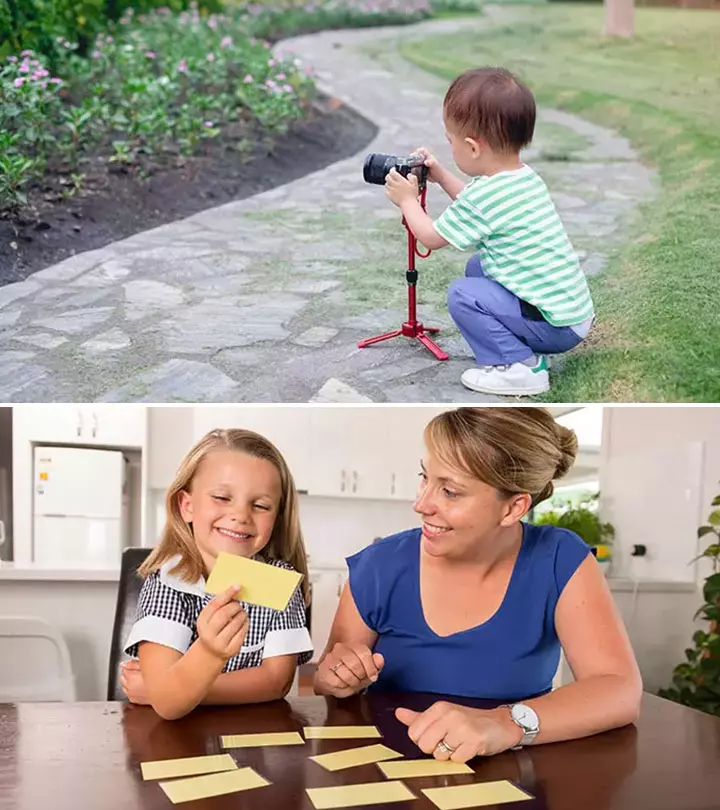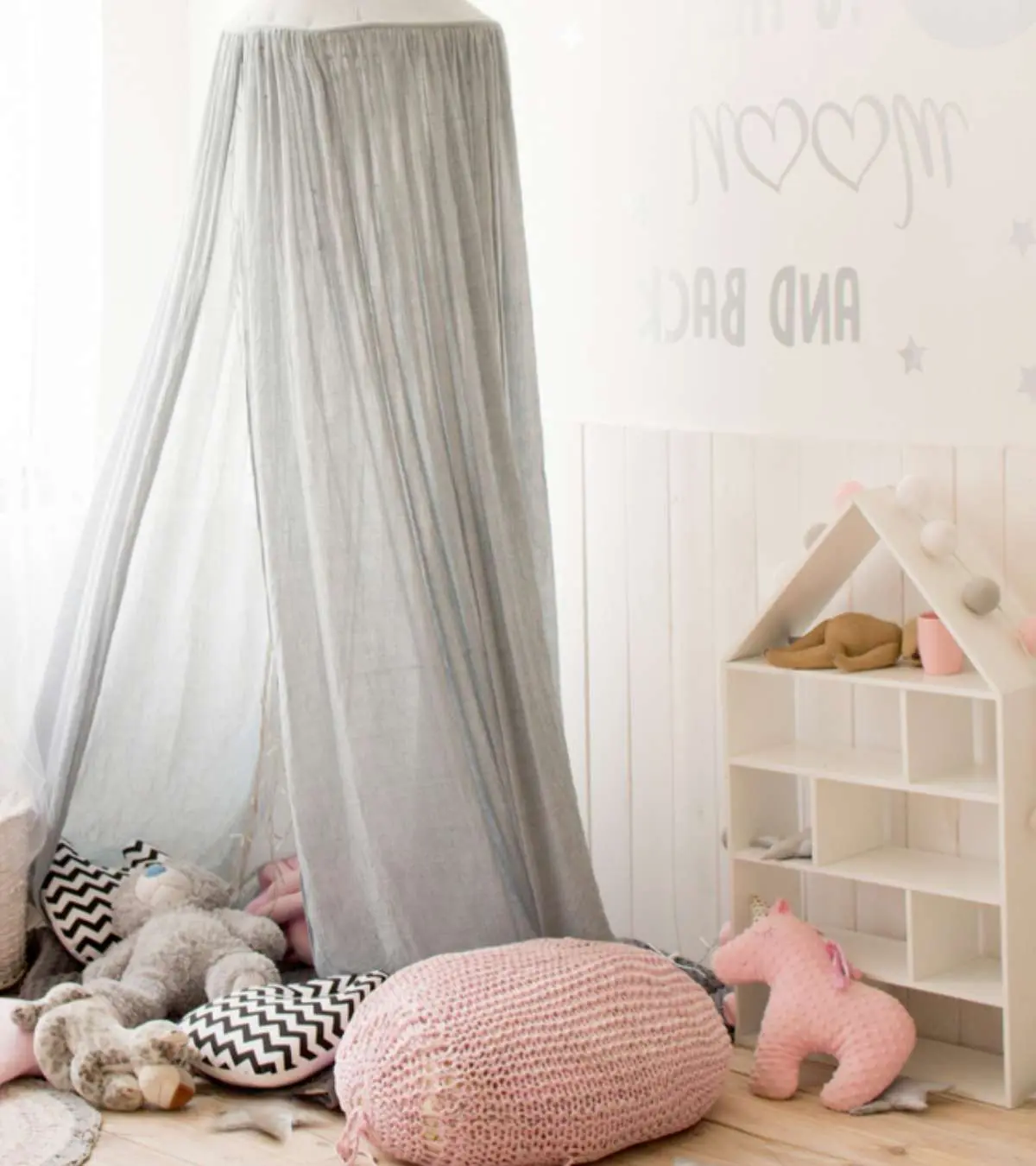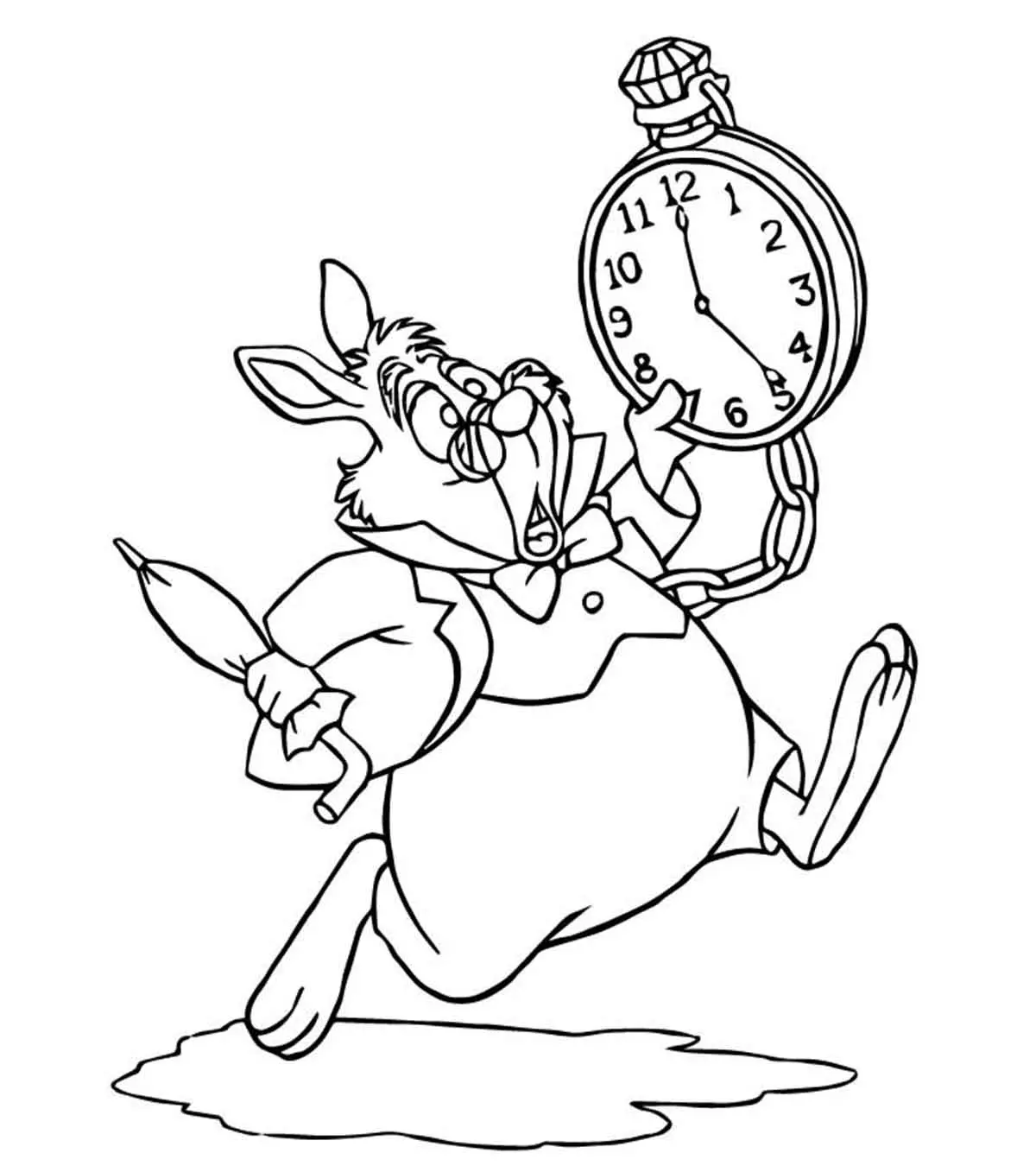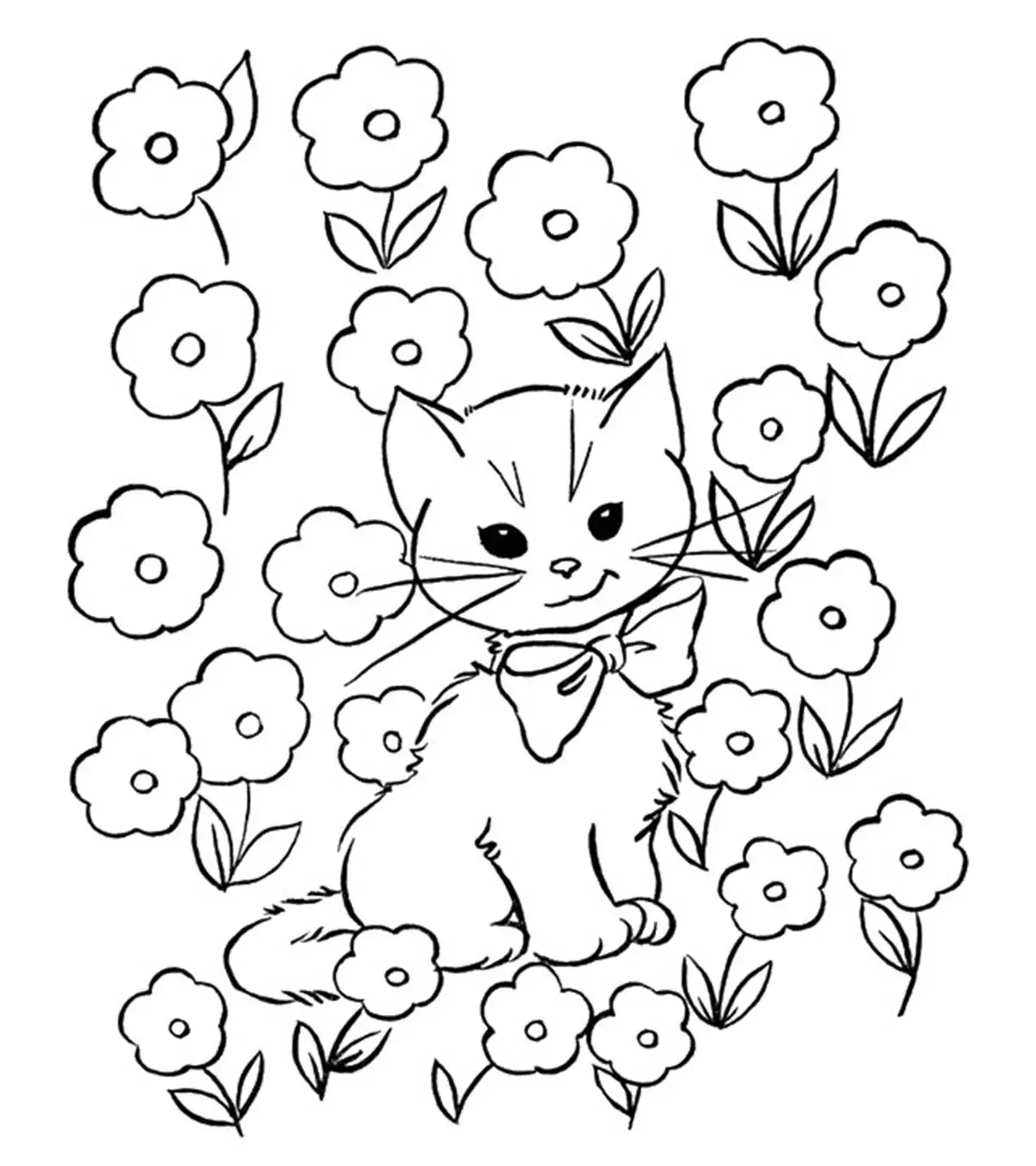
Image: iStock
Introducing engaging matching games for toddlers to your tiny tots is crucial for improving their matching skills, which is useful for developing their memory, problem-solving, and language skills.

Stacking identical blocks, comparing similar toys, arranging books of the same color or size, and performing other similar tasks reflect your toddler’s ability to match things. Moreover, knowing how one object matches another object is practical knowledge they can acquire by observing their surroundings. Thus, make your toddler more curious and help them learn by playing some matching games given in this post.
Key Pointers
- Matching games such as shape puzzles and mitten matching activities improve observation, recognition, and mathematical skills.
- Start small and increase the number of pieces as your child gains expertise.
- You may use household items such as clothespins, jar lids, pom poms, or leaves for matching games.
Why Are Matching Games Important For Toddlers?
Matching games help improve a range of concepts and various motor and cognitive skills in toddlers.
- With the help of matching games, children can learn to differentiate one object from another, which is an important skill for preschoolers.
- Matching games also help improve language skills, concentration, social skills, hand-eye coordination, and memory skills.
- These activities involve the usage of basic math skills, such as matching shapes, patterns while helping children learn how to recognize words and letters.
 Quick fact
Quick factHow To Teach Matching To A Preschooler?
- Make your child get into early learning by using practical examples from your day-to-day life. For example, you can show the child two identical socks, puzzles, or matching cards used for activities.
- Show the child just one of each animal or food card. Help them identify the names of the different objects they see to strengthen their visual recognition.
- Take out 2 – 4 matching pairs of cards. Ask the child to match these cards that look alike. It is better to start pattern recognition with fewer cards and then increase the number gradually.
- Practice this skill until they can correctly match cards.
15+ Toddler Matching Games And Activities
1. Leaf matching game

You will need a few colorful leaves in sets of two for educational games like color matching activity. Paste the individual leaves onto different sheets of paper and place them in front of your little one, flipped down. You can also join in this activity and take turns flipping the cards over one by one to find a match. The one who can find the most number of matches wins this memory game.
2. Matching sticks game
This simple yet interactive game keeps little ones occupied. In this matching activity, colored popsicle sticks may be used to form identical patterns. You can also use a printable template as a reference for stick’s shapes, numbers, and colors.
3. Shape puzzles
Trace some basic shapes of animals or other things onto a piece of cardboard and again on a separate colored piece of paper. Cut out these pieces and mix them. Allow your child to pick one piece from the puzzle and find its corresponding piece from the lot. As they play these board games, it can help them improve their observational skills and attention span.
4. Pom pom matching game
To play this memory game, open a bag of pom-poms and sit across your little one. Then take turns to find matches of pom-poms of the same size and shape. You can also make a line with masking tape to place the pom poms in a row. This is a great idea for the process of learning through play.
5. Halloween matching game
To prepare for this interesting toddler-friendly card game, cut out a few Halloween pictures and shapes in duplicates. Glue one set of duplicates onto white cardboard and keep the other set for the children. Let them match the loose set using the ones stuck to the cardboard as a reference.
 Point to consider
Point to consider6. Mitten matching activity
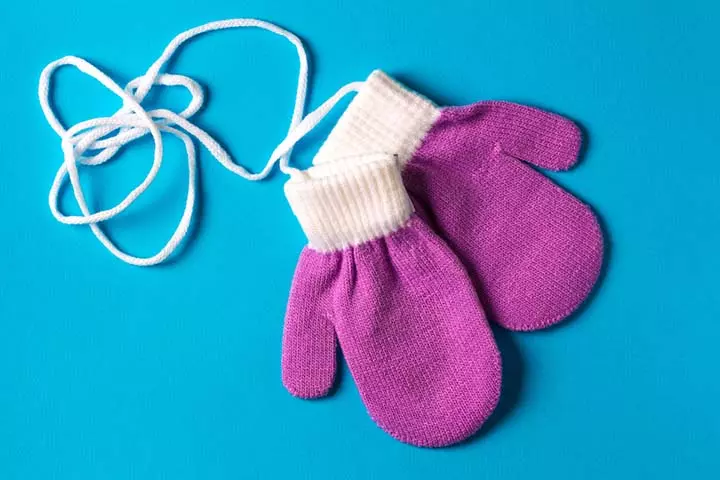
For this adorable game, you will need a few sheets of colored and patterned paper, small plastic clothespins, and a mitten template. Select bright and eye-catching colors and patterns of sheets and cut out a few paper mittens from them in sets of two. Now mix all the pieces up and hand them over to your little one to match. They can use the clothespins to hold the matched pair together.
7. Touch and match
For this stimulating age-appropriate activity, you will need a few cardboard pieces, different types of textured papers (wallpaper scraps, felt scraps, cotton pads, bubble wraps, etc.), and scissors. First, cut out cardboard pieces of your preferred size and texture. These pieces must be smaller than the cardboard pieces. Next, make memory cards with each of the textures. Spread the cards on the floor and let your children explore them freely. Later, let them match the cards having the same texture. This is one of those group activities for toddlers that can help boost memory skills.
8. Jar lid letter matching
You would need some foam letter stickers and a few jar lids for this wonderful game. Peel and stick letters into the insides of the jar lids. You can do lower case and uppercase letters where your little one would have to find the corresponding pieces (if given an uppercase letter, they have to find the lower case of that corresponding letter and vice versa). It is better to keep the lids faced down while searching for the match they are looking for. This would also add an element of surprise.
9. Pattern matching
This is one of the best cognitive activities for toddlers. For this fun game, you will need some foam circles, permanent markers, and a pair of scissors. Draw some patterns on the circles and cut them in half. Place one half of the set out and the other half as a pile beside them from where they can search for the matches.
10. Clothespin color match

This is a cooperative game. Take out your collection of colorful clothespins, get some markers, and find any piece of cardboard or paper. Color some spots with markers corresponding to the color of the clothespins on the edge of the cardboard or the paper. You can customize the cardboard in any way you like. Let your child try and match the clothespin with the matching color mentioned on the board. This is the perfect game for you to discuss the concepts of primary and secondary colors.
11. Matching sensory activity
Bury a few objects in a box filled with rice, sand, or any other base of your choice. You can select objects like toys of various shapes and sizes but in sets of two. Keep one set beside the box as a reference to what they are searching for in the box. Now, let the child start hunting for toys identical to the one outside.
 Quick tip
Quick tip12. Touch and feel the bag
Take an opaque bag and place a few objects inside it (in pairs). Let your little one rustle through the bag and find the pairs by just feeling their shape and using their intuition.
13. Sticky partners
Use a set of stickers available in multiples for this colorful game. Take one of each kind and stick it to a cupboard door or wall. Let your child stick the matching stickers beside the ones you have placed. You can also invite your child’s friends and add 2-4 players for this game. It can be an interesting idea for a little playdate.
14. Matching sound jars
Fill some opaque jars with various items such as rice, cereals, beans, and candies. Mix them well and ask your child to shake them. They can use their memory skills to match the jars that produce identical sounds.
15. Pack away

You can conduct this simple game while sorting out your little one’s toys and belongings. Instead of throwing all the blocks together into the container in a haphazard manner, ask your child to help you sort all the identical blocks according to their colors and shapes to place them together.
16. Matching card game
Matching card games are an excellent way to keep your toddlers engaged. Apart from entertaining your children, these games help them learn about shapes and sizes. Ask your toddlers to flip cards and find pairs that look the same. In the beginning, make it easy by flipping cards until you find a match. Put those matching cards next to each other and keep the rest face down and play again. Also, instruct your child to remember where the cards are. As your toddler gets used to the game, make it a bit harder by flipping only two cards at a time and keep going till they find a pair.
Frequently Asked Questions
1. What is the ideal duration for a matching game?
There is no set duration for how long a child can play a matching game. Some children tire after playing for a few minutes, while some can go on for hours if they are interested in the game.
2. What age is appropriate for matching games?
Matching games are appropriate for children of all ages, but their complexity should be adjusted based on skill levels. For instance, simple games with large, colorful cards or vibrant images are ideal for toddlers and preschoolers. Alternatively, advanced games requiring strategy or matching abstract concepts are better suited for older children.
3. Are there any precautions to take while playing matching games with toddlers?
Matching games is a mostly safe game. However, ensure that the game props used do not become choking hazards. Also, ensure the child wears gloves and aprons based on the raw materials they will handle.
4. Can matching games be played outdoors or only indoors?
Matching games can be played anywhere and anytime as long as the child is willing to play.
5. How can I make matching games more educational for toddlers?
You can make matching games educational by introducing new vocabulary or motivating children to solve mathematical concepts through them. Another option is to introduce abstract matching concepts, where toddlers match colors by pairing objects like a blue ball with a blue square, animals with their habitats, or items with common themes such as texture or consistency.
6. How can I make matching games more engaging and interesting for toddlers?
You can offer a prize each time your child gets the matching task right or completes a set of puzzles. The incentive will encourage them to try harder and develop an interest in the game.
7. Is it necessary to buy matching games or can they be made at home?
Matching games can be made at home with regular items found around at home.
Jackie Currie, a childcare provider and daycare owner, explains how she creates matching games with items available around the house. She says, “Gather up some random items from around the house or playroom and lay them all out on a large piece of paper. When making a shape-match activity for very young toddlers, I trace simple shapes like cookie cutters, play food, puzzle pieces, wooden blocks and plastic cutlery. For preschoolers, I search my kitchen drawers and toy room for more unusually shaped items – ones that they’ll really have to think about before making the match (i).”
It is essential to explore a variety of problem-solving activities for toddlers, as these are an important part of childhood learning. So, as your baby grows, introducing them to these matching games for toddlers can be a great idea. These games will improve their language skills, memory, and math skills. To teach them matching, you can use animal or food cards. You may also plan simple activities such as shape puzzles and pattern matching. Furthermore, get innovative and use these activities during family nights to create a wholesome learning experience for your child.
Infographic: How Else Can Toddlers Benefit From Matching Games
Matching games can aid learning in toddlers in a fun and exciting way. You can use your creativity while playing such games and help your little one achieve milestones faster. Check out this infographic to know what added benefits these games can have. Also, find some more game ideas.
Some thing wrong with infographic shortcode. please verify shortcode syntax
Illustration: Best Matching Games And Activities For Toddlers
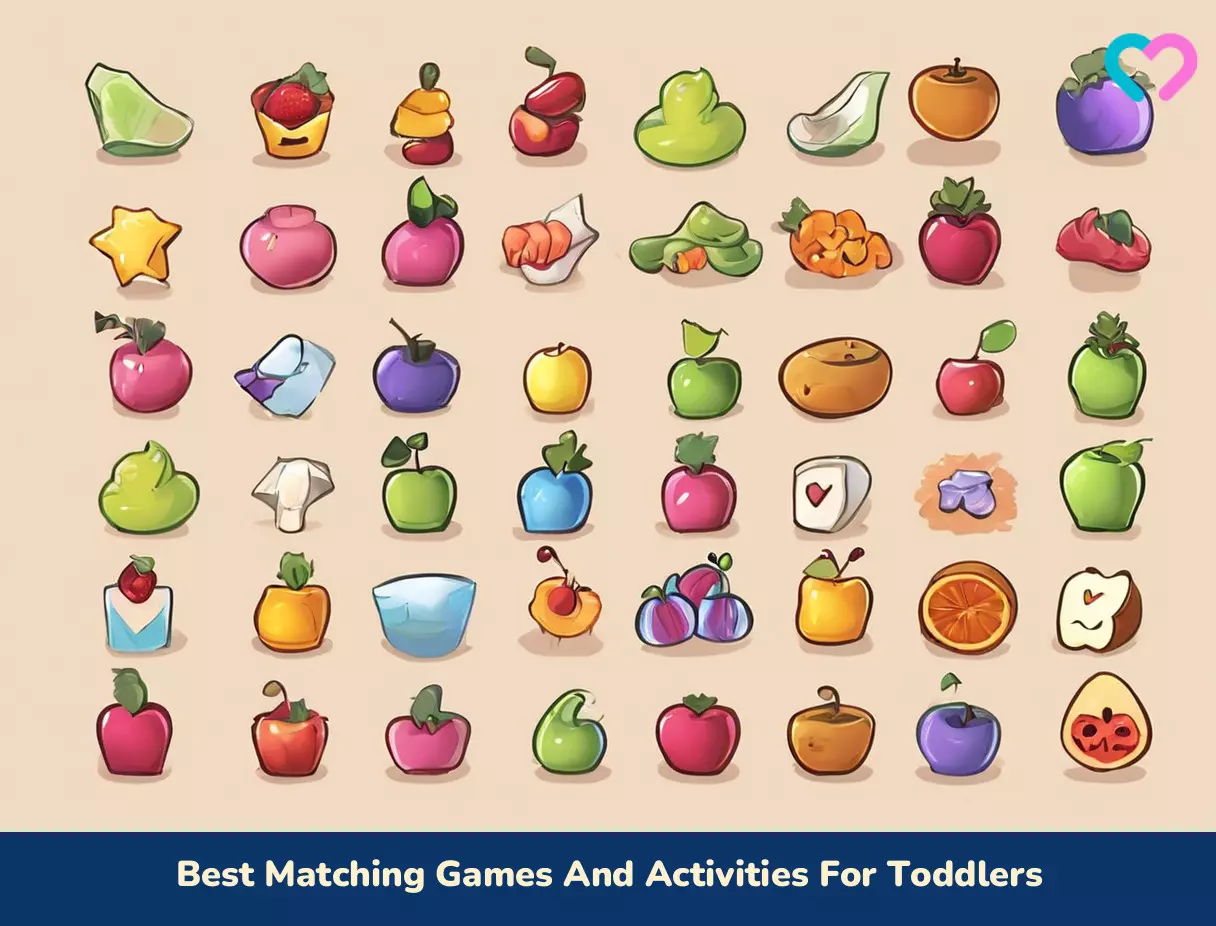
Image: Stable Diffusion/MomJunction Design Team
Toddlers love colors! Let your toddler have fun learning with this exciting color matching game. Surprise them with toys and hugs as they match the colors and learn along the way!
Personal Experience: Source
MomJunction articles include first-hand experiences to provide you with better insights through real-life narratives. Here are the sources of personal accounts referenced in this article.
i. Easy Homemade Matching Game for Toddlers and Preschoolershttps://happyhooligans.ca/diy-matching-game/
References
- Matching and sorting
https://www.cmsdev.theocn.org/sites/default/files/file/adult-social-care-providers/matchingandsorting.pdf - Learning English With Your Children and Teens: Making and Playing Games to Practice English
https://irrc.education.uiowa.edu/
Community Experiences
Join the conversation and become a part of our nurturing community! Share your stories, experiences, and insights to connect with fellow parents.
Read full bio of Theresa Bertuzzi
Read full bio of Deepa Thomas
Read full bio of Rohit Garoo
Read full bio of Trisha Chakraborty







